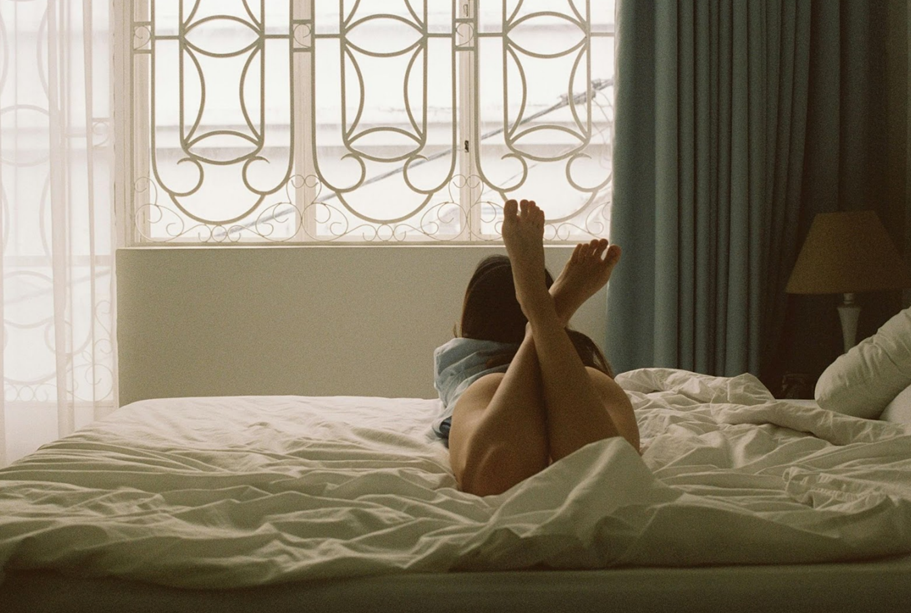The truth is, the colors around you at this very moment are subtly affecting your mood, energy levels, and even cognition. This is not that shouty mystic snake oil, either: psychology has shown time and time again that colour perception causes genuine physical and emotional reactions in the human brain. Businesses can influence the behavior of customers by utilizing color psychology, from the calming blues over at a spa to the energizing reds in a gym.
In the same way, team clothing and branding may raise your blood pressure while you do NBA online betting, specific colors in our environs can act like a remote control and switch emotions (and motivation) on or off — even when we aren’t aware of it.
The Science of Color and Emotion
We also know that color perception starts in the eye, but mojos into a deeper part of brain—The Limbic System, where emotions and memories are ruled. Now you that red is a physically stimulating color, because your nervous system revs up heart rate and blood pressure when it sees red in preparation for action. In contrast, the blue light suppresses the melatonin secretion that causes you to be awake and in addition, warm colors such as orange or yellow stimulate feelings of appetite or desire for social interaction.
Millions of years for these responses to evolve. Red meant danger or fruit was ripe, blue symbolized water or the sky, green meant fertile lands and lots of food. Our brains retain these ancient associations, even though our lifestyle has changed.
Practical Color Applications for Daily Life
Bedroom Environments
Combinations of blues, lavenders, greens and whites really work for creating relaxation and aiding in a good nights sleep. Then, avoid bright reds or oranges that can be too arousing and make it harder to fall asleep.
Workspace Optimization
Blue enhances focus and mental clarity, which is perfect for doing some detail-oriented work. Green prevents eye ache and is excellent for prolonged paintings, yellow pushes to be creative and modern. Think about these colors when you think of wall paint, prints, and even your computer background.
Kitchen and Dining Areas
Terracotta, golden yellows and soft oranges: these warm colors stimulate appetite and are sociable. They bring in life into those meals, and color to those conversations.
Cultural and Personal Considerations
Colors have cultural implications and representations of colors are not universal. White connotes purity in Western cultures, yet eastwards it becomes the color of mourning in some Eastern traditions. A person´s personal experiences also have an influence on color responses, as someone with positive will respond differently than a person with negative memories about a particular shade.
Unless of course, just watching out for me and how things land on my own chest.
Wrapping Up
It provides an easy and effective way to enrich your day-to-day life for a happier, healthier emotional self. Take the time to pick out colors for each area and activity, ensuring that they support your efforts behind trying to strive for those great sleeps, accomplish more or foster social bonds. Begin with throwing accent pieces, or artwork around and pay attention to how each color is affecting you throughout your day.

